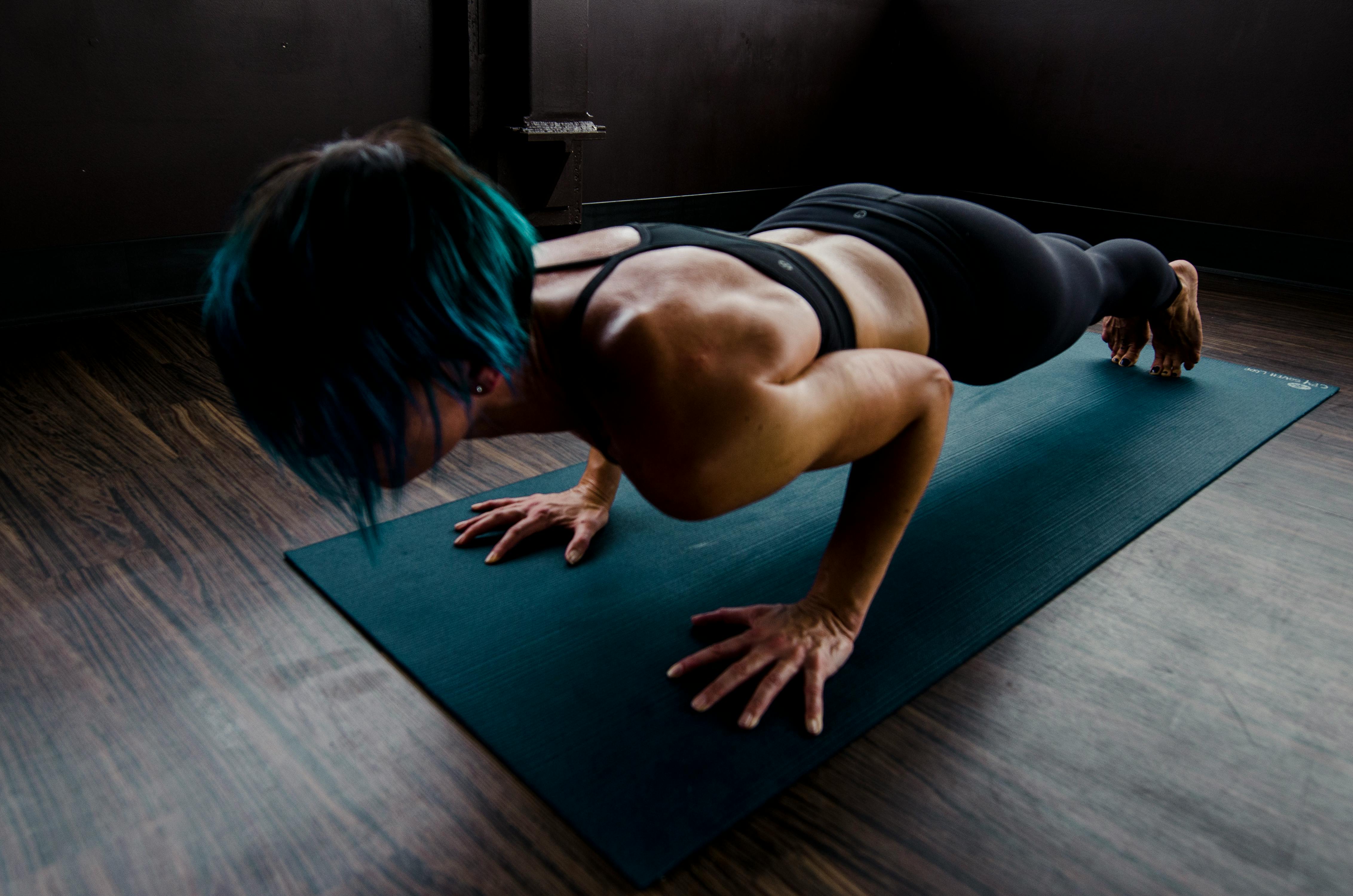
Bike Parts Worth Splurging On
Bikes are back in a big way, and there’s never been a better time to get on them. Cycling is a great active way to enjoy the outdoors. It burns calories faster than walking and is much easier on the knees, legs and ankles than running. If work is close by, a bike ride is a green alternative that will save you big on gas and parking. More and more people are choosing two wheels instead of four: Bicycle use increased 40 percent in the United States between 1995 and 2014. In that same 20-year span, government spending has reached towns and cities all over the world. the country to build thousands of miles of rails and roads.
For the new rider, the plethora of cycling options can be daunting. You can of course buy a fully assembled bike that works like a dream. But there is also a dizzying amount of customizable, swappable and upgradeable components that the rider can swap out whenever they want. With the proliferation of bicycling as an extremely popular hobby and viable method of transportation, it’s no surprise that highly specialized (and expensive) options exist. If you’re new, you could easily spend a small fortune outfitting each set of components when just a few tweaks would make a world of difference. A person on a budget should prioritize bicycle parts.
The first and perhaps most obvious piece of the puzzle to focus on is the frame. The type of frame dictates the style of the bike, so ask yourself what you want to do with it. How do you want to ride? Are you going to speed through city blocks and scenic byways in a highway racer? Or will you cruise down the beach with an ice-cold drink on a comfortable cruise ship? The frame is the focal point of the entire kit, and all other parts of the bike adhere to it. You can always upgrade component sets as you go, but even top-of-the-line rigging won’t make you comfortable if the frame doesn’t fit your lifestyle and body.
Once you have a frame that fits, the next set of bike parts you need to splurge on are the ones that make up the suspension. Again, the ground you will cover is an important factor. If you’re riding around town on well-paved roads, you may not need any suspension. If, on the other hand, you plan on hitting mountain trails, you’ll have to decide between a full suspension (shock absorbers on the front and rear wheels) or a ‘hardtail’ (shock absorbers on the front wheels only). A good suspension system won’t cost you a fortune and will make a world of difference to your ride.
The next parts of the bike that you should prioritize are the wheels. The wheels are where the bike meets the road, and it’s worth spending a few more bucks to keep that point of contact solid. Cheap tires will wear out quickly and lose their grip. Buying a good pair now will save you later.
Get out there and enjoy the ride!